Cupping for weight loss is not recommended to be done every day, as excessive cupping may cause skin damage, fatigue, and weakened immunity. The principle of cupping for weight loss is to stimulate acupoints through negative pressure, promote blood circulation and metabolism, but frequent operation can have the opposite effect. It is recommended to do 1-2 times a week, combined with dietary control and moderate exercise, in order to achieve healthy weight loss.
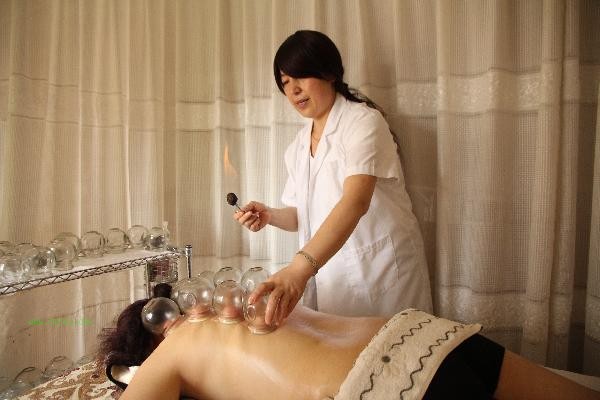
1. The principle and function of cupping weight loss
Cupping weight loss stimulates acupoints through negative pressure, promotes local blood circulation, and accelerates fat metabolism. Cupping can also relieve muscle tension, improve physical fatigue, and help detoxify. But this effect is gradual and requires long-term persistence, rather than frequent short-term operations. Excessive cupping can lead to skin bruising, edema, and even skin damage, affecting health.
2. Frequency and precautions for cupping weight loss
The frequency of cupping weight loss should be controlled at 1-2 times a week, and the cupping time should not exceed 15 minutes each time. After cupping, it is important to keep warm, avoid catching a cold, and replenish fluids to help the body detoxify. People with sensitive skin or skin diseases should use cupping with caution. Pregnant women, menstruating women, and those with bleeding tendencies should not use cupping.
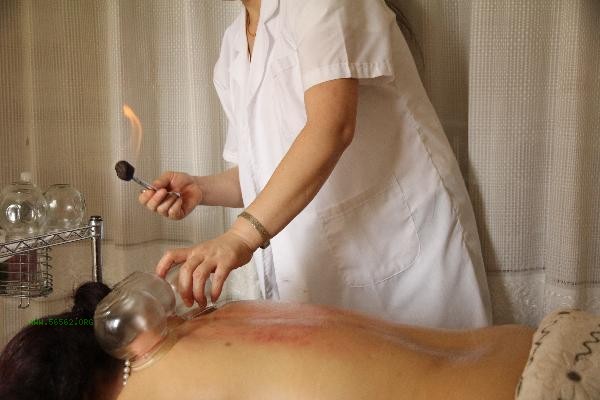
3. Auxiliary Methods for Cupping Weight Loss
Cupping weight loss has limited effectiveness and needs to be combined with other healthy weight loss methods. In terms of diet, it is recommended to adopt a low calorie, high fiber diet structure, such as eating more vegetables, fruits, and whole grains, and reducing the intake of high sugar and high-fat foods. In terms of exercise, you can choose aerobic exercise such as jogging, swimming, or yoga, at least 3 times a week for more than 30 minutes each time, to help burn excess fat.
4. Potential risks of cupping for weight loss
Frequent cupping may lead to skin damage, such as bruising, blisters, or infections. Excessive cupping can also put the body in a state of sustained stress, leading to weakened immunity and increased risk of illness. If you experience dizziness, nausea, or severe skin discomfort after cupping, you should immediately stop the operation and consult [SEP]. Cupping is an auxiliary weight loss method, but not a panacea. Excessive cupping not only fails to accelerate weight loss, but may also cause harm to health. It is recommended to perform cupping under the guidance of a professional physician, combined with a scientific diet and exercise plan, in order to achieve healthy and sustainable weight loss goals. Adhering to a healthy lifestyle is the long-term solution for weight loss.


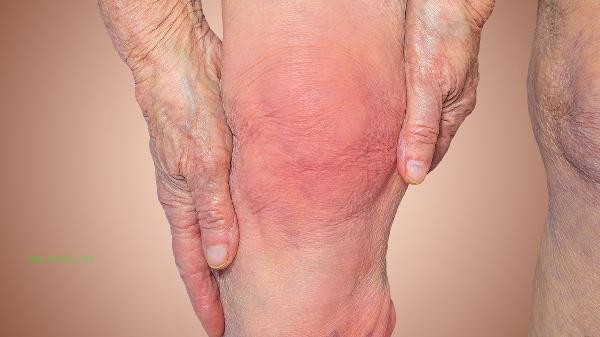
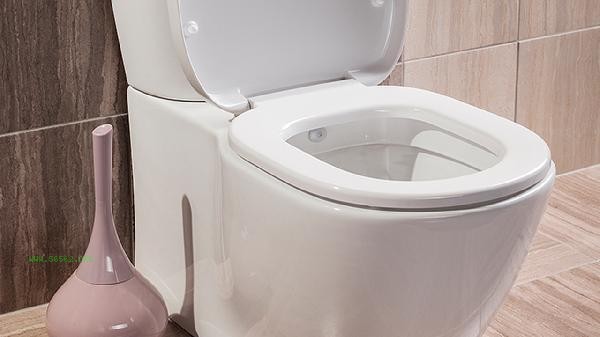
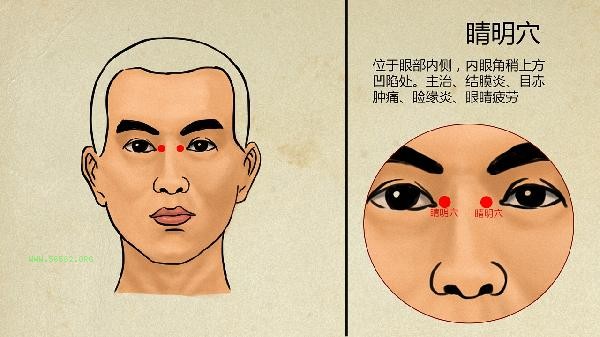

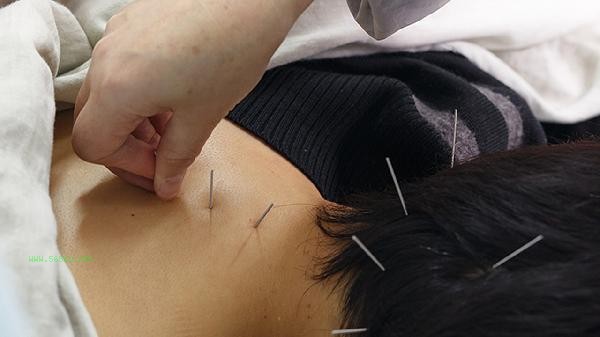


Comments (0)
Leave a Comment
No comments yet
Be the first to share your thoughts!